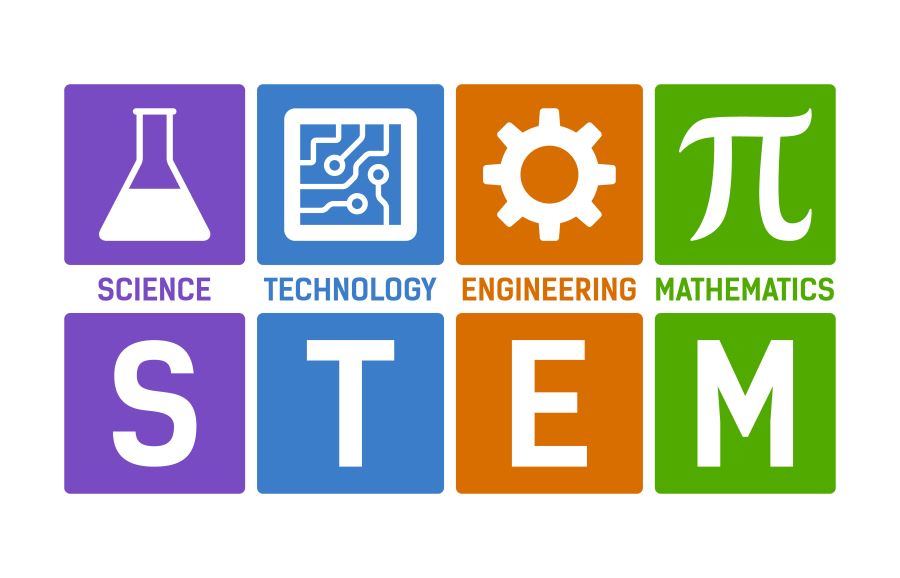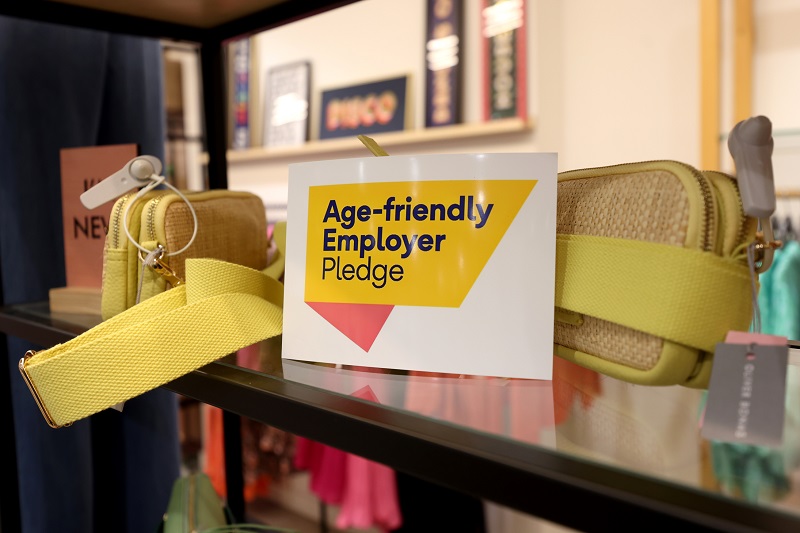The STEM Returners Index‘s latest report shows that women and ethnic minorities are struggling to secure a STEM job after a break. But that’s not all as COVID-19 and rising redundancies mean more are looking for work while a surprising amount of men are reporting age bias in their job quest.
Women and ethnic minorities
For those looking to re-enter the STEM workplace, almost a third (29%) of women in 2022 feel they have personally experienced prejudice in recruitment processes because of their gender, compared to 7% of men. Although 39% of women want to return to work because their children are now of school age, 40% feel that childcare responsibilities are a barrier to their return because of the lack of flexibility offered by employers.
In terms of the STEM workforce; the annual report confirmed that it’s still not racially nor gender-inclusive enough, with 86% of employees being male and 91% being white. The survey also found that the group of STEM professionals attempting to return to the industry is significantly more diverse than those already in it. In fact, those attempting to return to work are 46% female and 44% from minority ethnic groups, compared to the 14% female and 9% from minority ethnic groups in the industry.
Age bias and COVID-19
Perhaps surprisingly, the study reveals that men (46%) are more likely to experience age bias when returning to work than women (38%). Prejudice also appears to become more prevalent with age, with more than half of people over 55 saying they had experienced personal prejudice, compared to just 23% in younger age groups, the survey found.
The index also asked respondents about the impact of COVID-19 on their job-seeking experience. More than 34% said the pandemic had made returning to work more difficult than it already would have been. It would also appear that for many people, the pandemic was the catalyst for a career break that they might not otherwise have taken, with 36% saying that it was a factor in their decision to take a career break.
According to the results, redundancy has also increased year on year as a reason for career breaks (20% in 2022 compared to 17% in 2021), with the pandemic clearly being a factor.
Natalie Desty, Director of STEM Returners, said: “We know that the engineering sector is facing a significant skills shortage and yet this group of talented and dedicated individuals is still being overlooked. It is disappointing that 66% of STEM professionals on career breaks find the process of returning to work difficult or very difficult and almost half (46%) of participants reported feeling short-changed due to a lack of recent experience.
“This is made even more difficult by the increase in redundancies and the number of people wanting to return to work due to economic uncertainty and the rising cost of living, which is widening the pool of people who can return to work.
“There is a perception that a career break automatically leads to a deterioration of skills. But the reality is that many people on career breaks keep up to date with developments in their sector, can easily refresh their skills when they return to work and have developed new transferable skills that would really benefit their employers.
“Sector leaders need to do more to update recruitment practices and tackle unconscious bias in order to help those who find it difficult to return to the sector and improve diversity and inclusion within their organisations.”
Falan Rose-Jones, who benefited from the STEM Returners programme, wanted to return to the engineering sector, but the challenge was daunting. STEM Returners supported her throughout the process, from filling in application forms to security clearance procedures and guidance and support for interviews.
She said: “As a young woman, I have already found it difficult to join the engineering sector. I found that a small number of companies focused on hiring someone like me just to increase the company’s diversity statistics and did not take into account my actual skills and experience. It wasn’t until STEM Returners introduced me to the vacancy at BAE Systems in 2019 and encouraged me to apply that I was able to progress in the industry.
“I have been part of the (EW) – Air Service team for almost two years now. I have always had a passion for aviation, space science and physics and this role is perfect for me. It is a challenging and diverse position with a wide range of opportunities. I am very grateful to the STEM Returners team for encouraging me to apply. It’s a brilliant initiative that allows people like me to get back into a career after a break – whether long or short.”
In this article, you learned that:
- Age, gender, and a perceived lack of recent experience are preventing STEM professionals from returning to the industry after a career break.
- The impact of COVID-19 has led to more people taking a break and has increased the number of redundancies, meaning more people looking to return to the workplace.
- The cohort of STEM returners is more diverse than those already employed in the industry.









